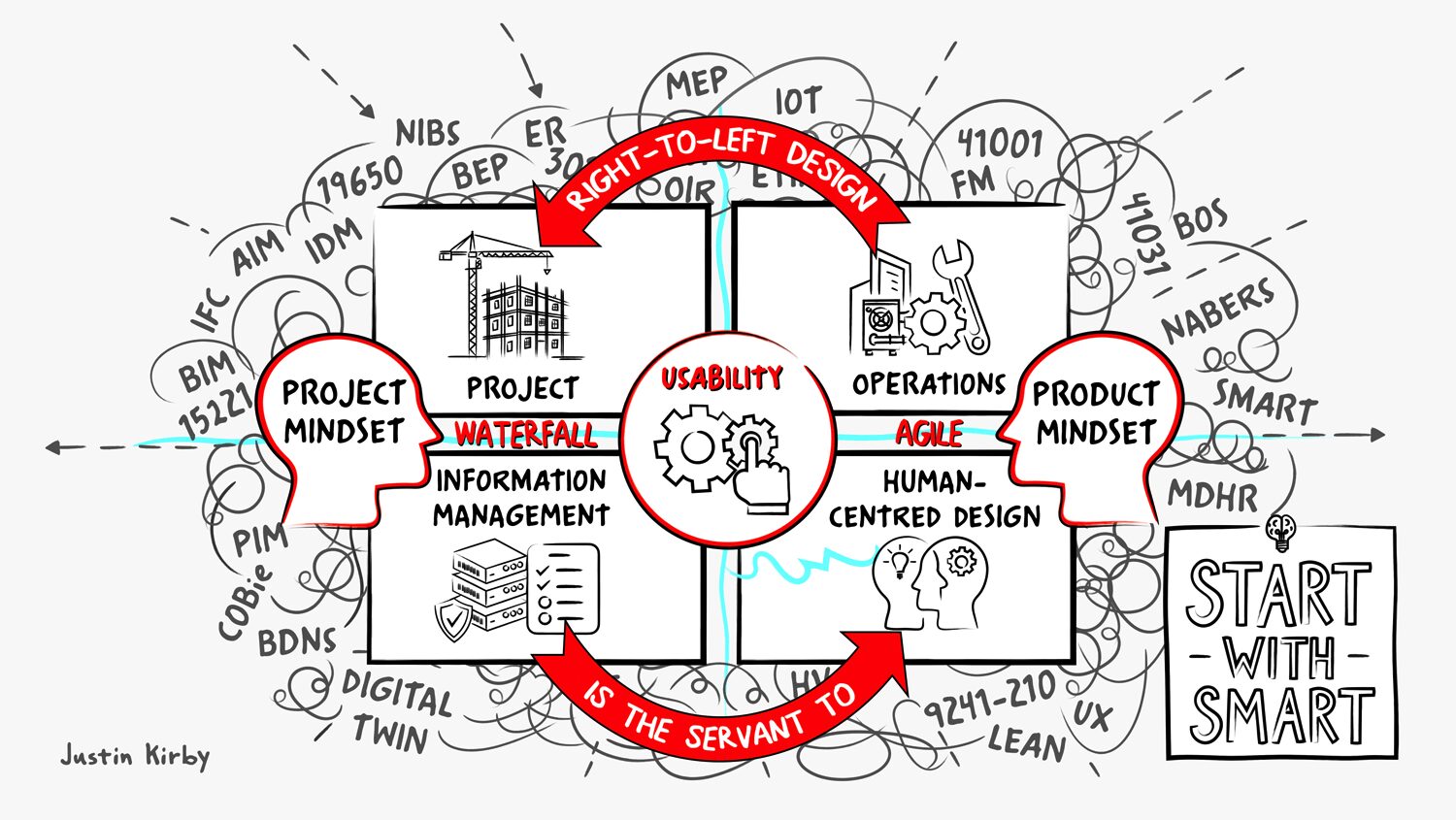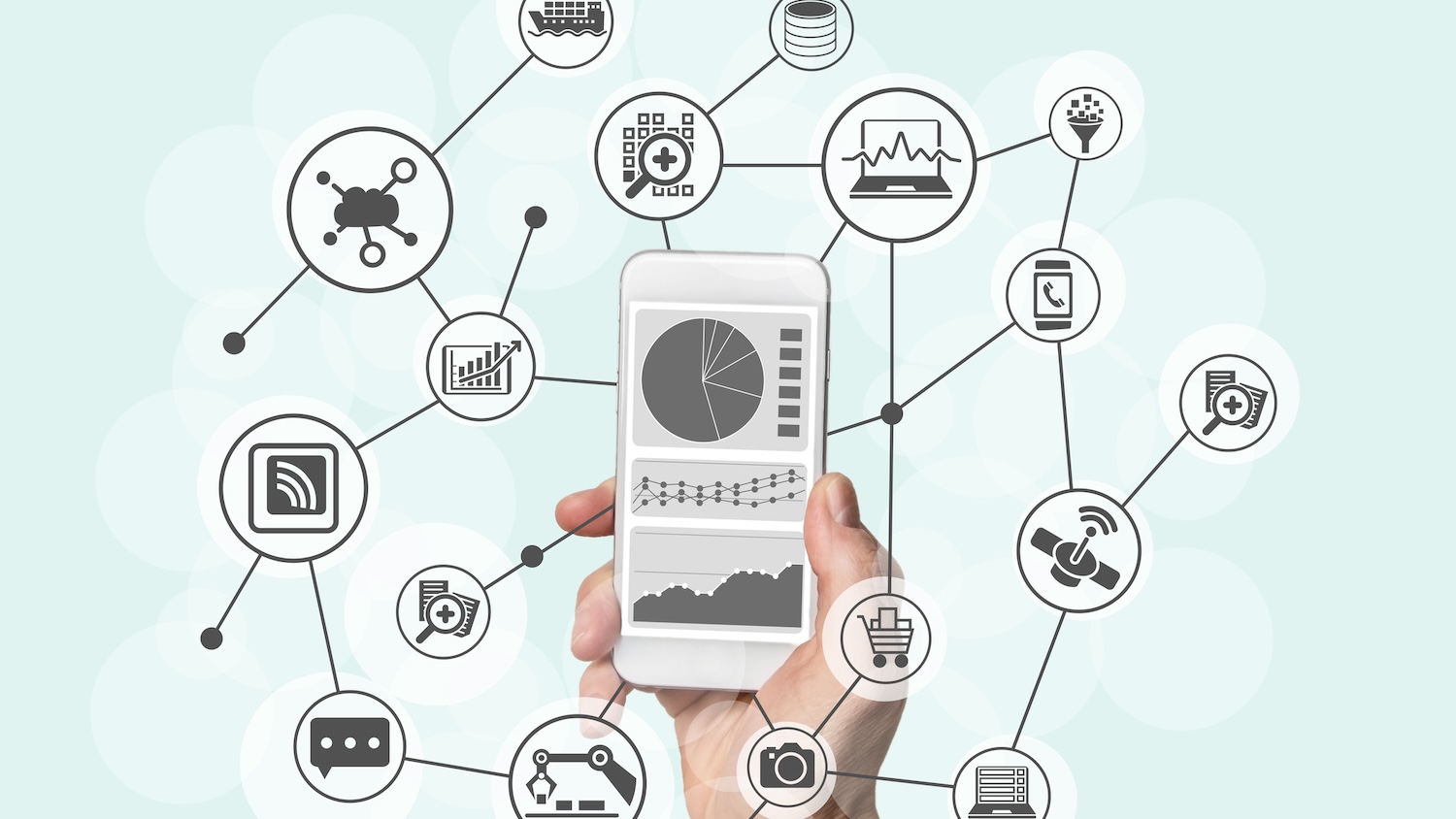
AI is about empowerment, not elimination
Dr Stephen Hamil, innovation director at NBS, explains why the construction industry’s AI revolution is about empowerment, not elimination.

AI is transforming construction faster than many expected. Many professionals are already using AI tools, and the results speak for themselves: faster project delivery, fewer errors and more time for the creative work that drew us to the industry in the first place. Yet questions remain about what this technological shift means for our roles and expertise.
The answer is more encouraging than you might think: AI isn’t your replacement, it’s your most capable co-worker, helping you do what you do best.
The statistics tell a compelling story. At NBS, our recent research for the Digital Construction Report 2025 reveals that 42.5% of construction professionals already use AI tools, with another 37.7% planning to adopt them within five years. These aren’t reluctant adopters being dragged into the digital age: 85% of surveyed respondents believe AI will positively impact the construction industry. The professionals leading this charge are using AI to amplify, not replace, their expertise.
Where AI excels (and where it doesn’t)
Think about your typical day. How much time do you spend on administrative groundwork – compliance checking, cross-referencing product databases, validating technical details against standards? These tasks are essential, but they’re not why you became a construction professional.
AI excels at exactly this kind of work. It processes vast volumes of technical information without fatigue. It spots inconsistencies humans might miss. It handles the repetitive tasks that might otherwise consume hours of human resources but that don’t require creative thinking.
What AI cannot do is understand the nuanced requirements of a client briefing. It can’t navigate the complex relationship between budget constraints and design aspirations. It can’t walk a site and instinctively know something isn’t quite right. It can’t weigh up the practical feasibility of sustainability goals, applying the wisdom that comes from years of project experience.
This is where the ‘magic’ happens: not human versus machine, but human plus machine.
Real-world applications today
Consider specification writing, which is often seen as mundane, but is still critically important. When developing the specification, AI can support with the research. It can then assist with the quality control of the final documentation, checking editorial style and assisting with cross-referencing. When professionals are researching product specification options, AI can align and compare technical characteristics across products to help with decision-making. But AI is an assistant – it’s the professional who applies their judgement and expertise.
In sustainability, where the Green Building Council tells us 25% of UK emissions stem from the built environment, AI can rapidly analyse product data, check compliance with environmental standards, and model lifecycle impacts. However, it’s up to architects and engineers to set the sustainability vision, weigh complex trade-offs and ensure environmental principles are embedded throughout the project.
For technical information searches, AI can process manufacturer databases, standards documents and regulatory updates at superhuman speed. But it falls to construction professionals to interpret this information within project frameworks, making informed decisions that balance competing priorities.
The collaboration advantage
The most successful AI implementations in construction involve collaboration, not replacement, where AI acts as a research assistant, data analyst and compliance checker, handling the systematic tasks that support better decision-making.
This partnership delivers measurable benefits. Early adopters report faster project delivery, fewer errors and more comprehensive analysis of design options. It gives professionals more time to focus on high-value activities such as creative problem-solving, strategic thinking and strengthening client relationships.
Modern AI systems are increasingly sophisticated, with a better understanding of context, and they can integrate with existing workflows. They offer transparent decision-making processes, so professionals can see how recommendations are generated and refine them accordingly.
Preparing for the future
A good way to start using AI is by identifying routine tasks that consume time yet don’t require creative input. Experiment with tools for technical research, data analysis and documentation tasks. Most importantly, experienced professionals should focus on the uniquely human skills that no algorithm can replicate: creativity, judgement and the ability to understand what clients truly need.
Construction will always need human expertise. Projects require vision, creativity and the ability to navigate complex stakeholder relationships. They need professionals who understand that buildings aren’t just technical achievements: they’re spaces where people live, work and thrive.
AI will not be the end of human expertise in construction. It’s the beginning of human expertise amplified, freed from routine tasks to focus on what we do best: creating exceptional, sustainable and functional buildings that serve human needs.
Keep up to date with DC+: sign up for the midweek newsletter.



